The world's largest medical trade fair in Germany confirmed that we at Medanta are working on the right things. One topic that got the audience talking was antimicrobial resistance.
The problems caused by the waning effectiveness of antibiotics are compared, at worst, to a threat like climate change. Solutions must therefore be found. One way is to take special care of hospital hygiene. Medanta's hospital clothing prevents the spread of infections and thus promotes safety. At a trade fair in Germany, we received praise for the antimicrobial treatment of our textiles.
I attended the world's largest medical trade fair, MEDICA, with my business partner Taina Steiner. The event brought together over 120,000 professionals from 130 countries under one roof in Germany.

A hundred washes, and more!
The medical and healthcare industry is now talking about the development of diagnostics, digitalization, and the increasingly diverse utilization of collected data. Also increasingly strong trends are the rehabilitation of patients both before and after surgery, disease prevention, and the promotion of overall health. These are the themes that we at Medanta also work on.
One of the most common questions we received at the trade fair was how many washes the antimicrobial treatment of our clothing can last. We were able to answer that our textiles have undergone standard antimicrobial efficacy testing in a hospital laundry. The results have shown that the treatment can last for as many as a hundred industrial washes, or even more.
This is unique worldwide, as it is usually promised to last 30 washes, and even then preferably in home machines, not in industrial laundries.
At Medanta, we have calculated that, for example, during a three-year clothing rental agreement, the textiles will be washed for a hundred times, so the antimicrobial treatment of our clothes does not need to be renewed during the contract period.
Smart textiles without forgetting design
There were also many different types of smart clothing on display at the fair. However, they usually required an accessory to be attached to make the clothing smart in some way. They were not washable or durable.
That also reinforced our experience that we are at the forefront of this field in developing and applying sensor technology inherent in the material itself.
In the future, clothing can measure, for example, the recovery, movements and effectiveness of exercises of a person undergoing rehabilitation. Body temperature is also an important part of fighting infections. If a patient's body temperature drops before or during a procedure, according to studies, the susceptibility to infection also increases in the same proportion. We are now developing smart hospital clothing that would preheat the patient and keep him warm during surgery. This would also allow the patient to recover from the operation better and faster.
At Medanta, we want to emphasize not only the safety, antimicrobial treatment and intelligence of textiles, but also aesthetics and high-quality Finnish design. At the fair, we were heartened that we received appreciation from international actors for the visual impact of our work. Our clothes can also be seen from the wrong side. Their surprising details, modern design and colorfulness put many fair visitors in a good mood.


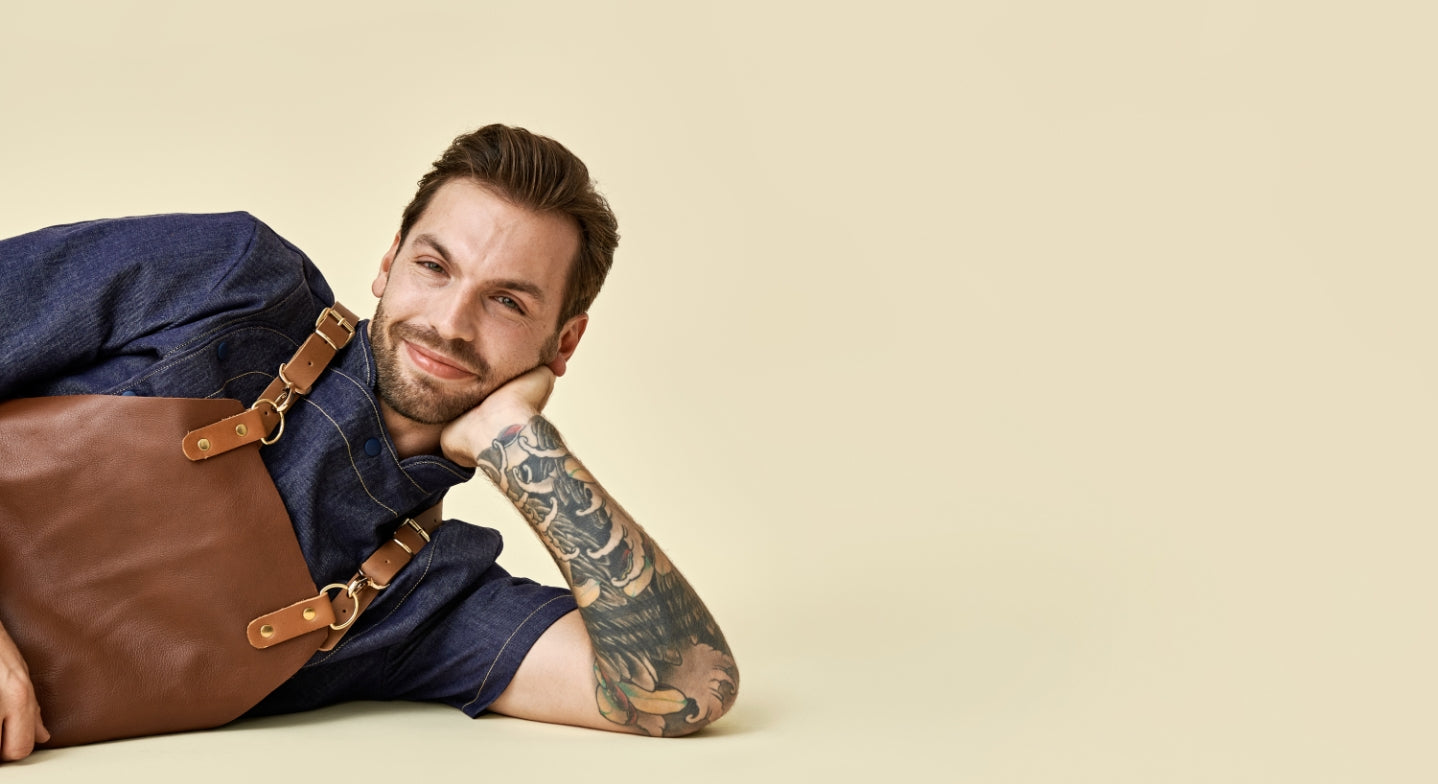

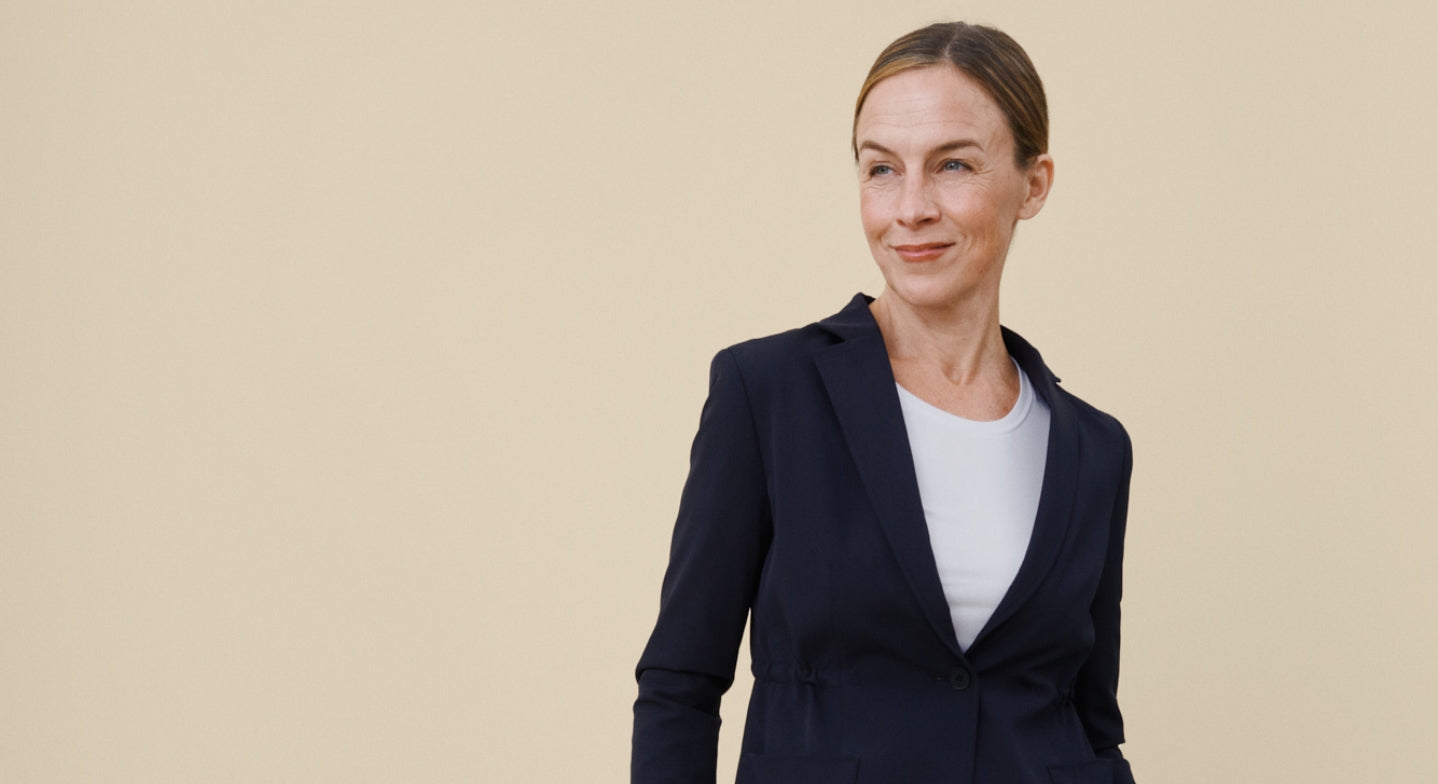

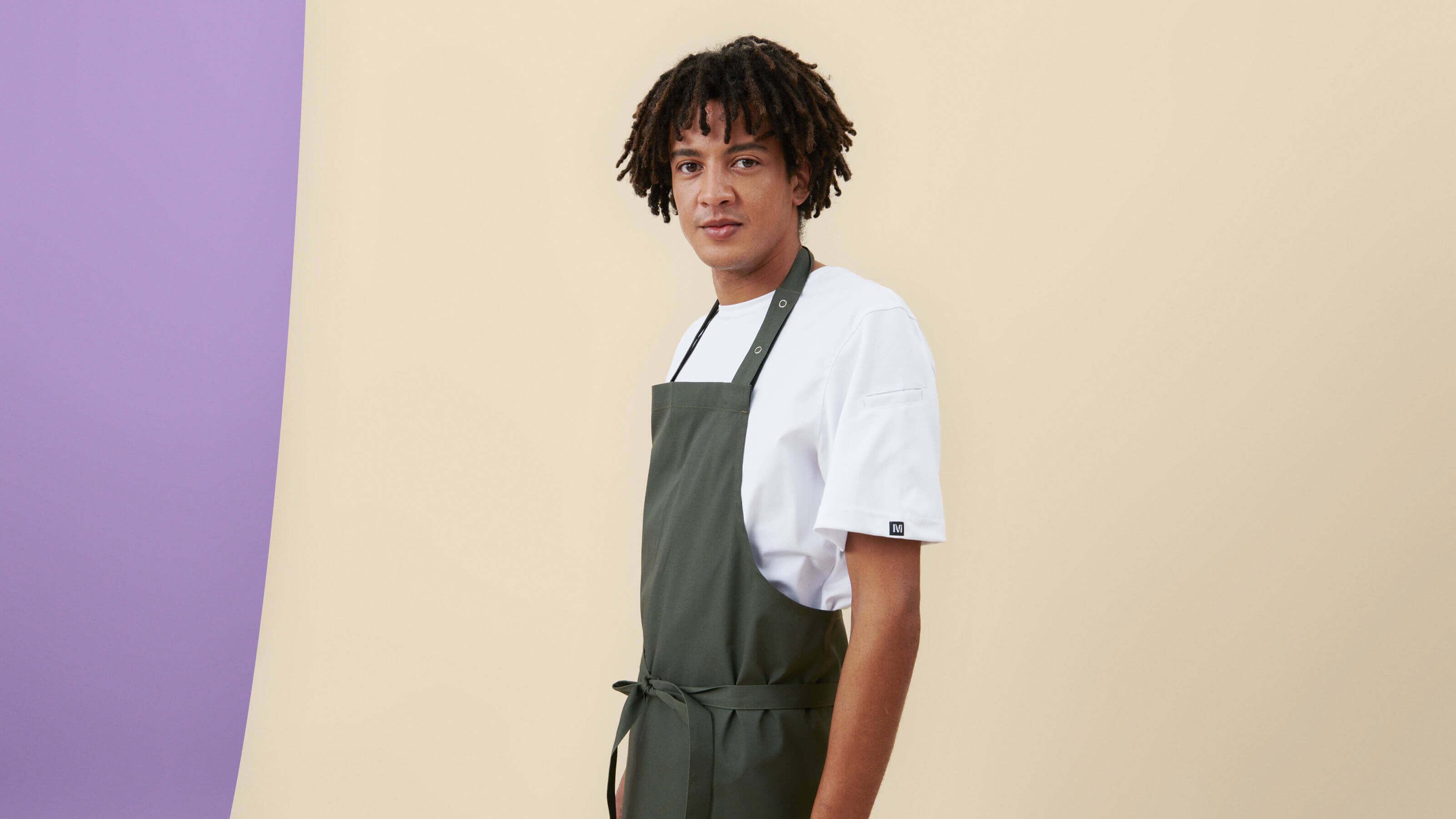
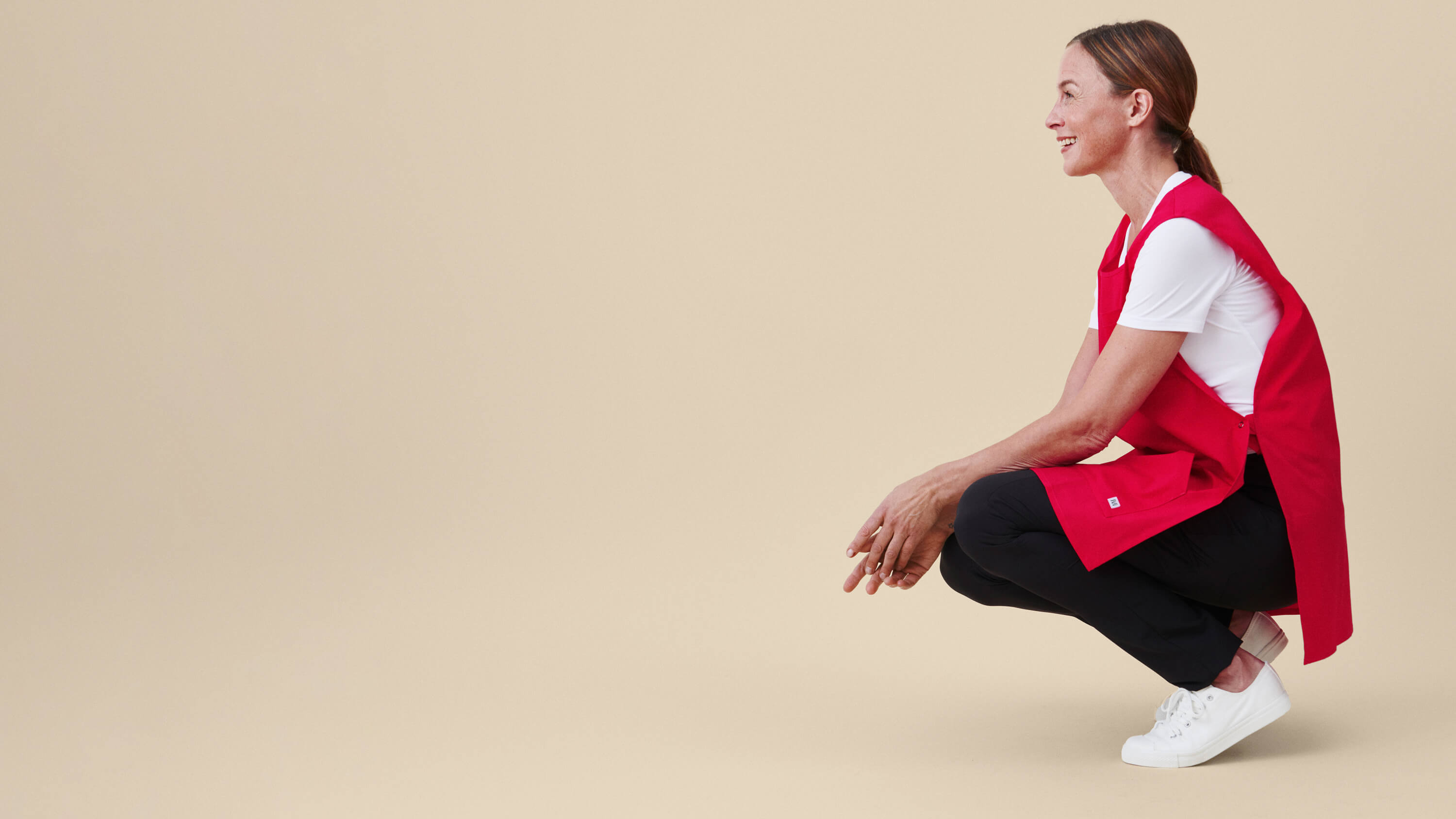
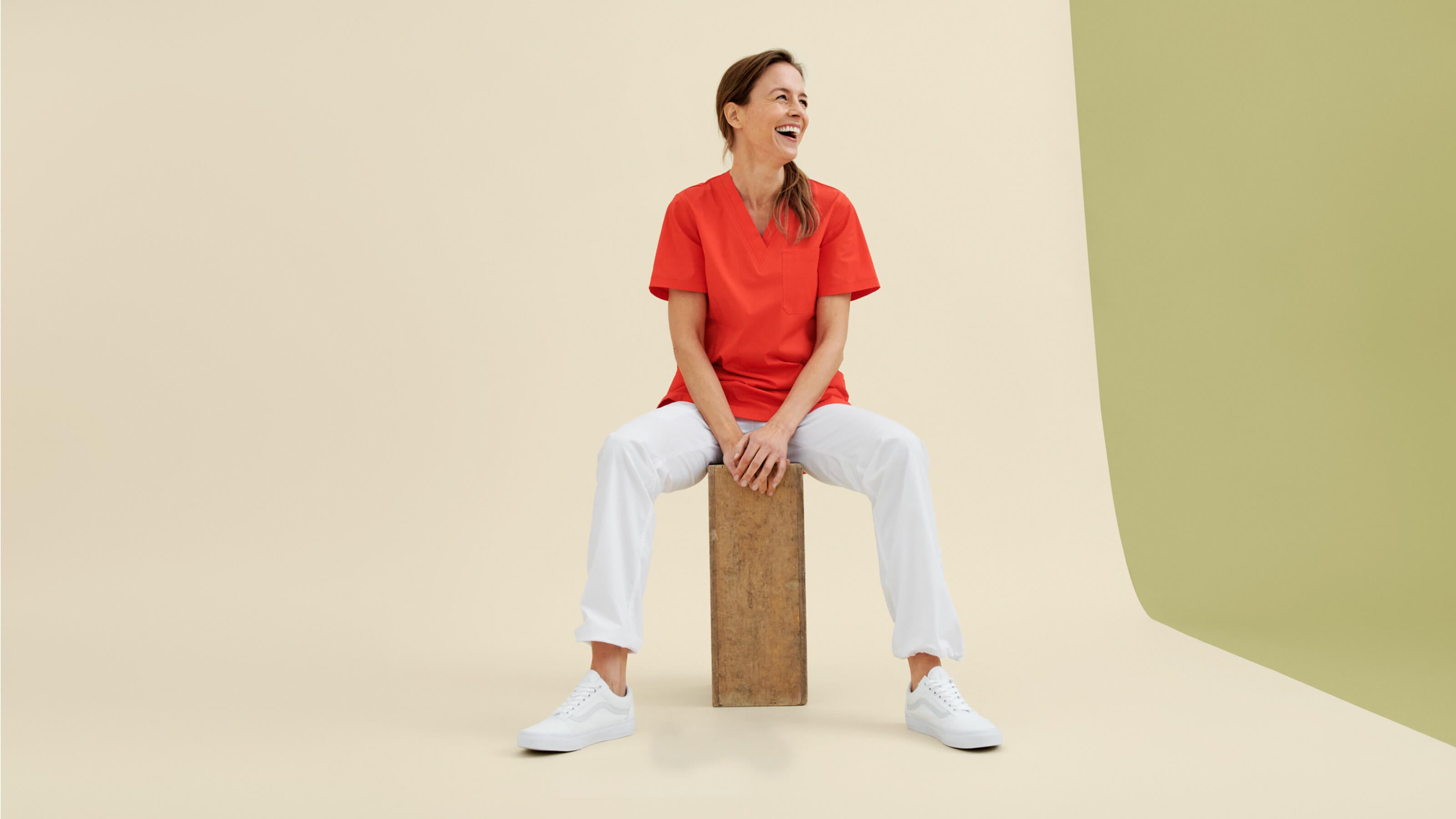
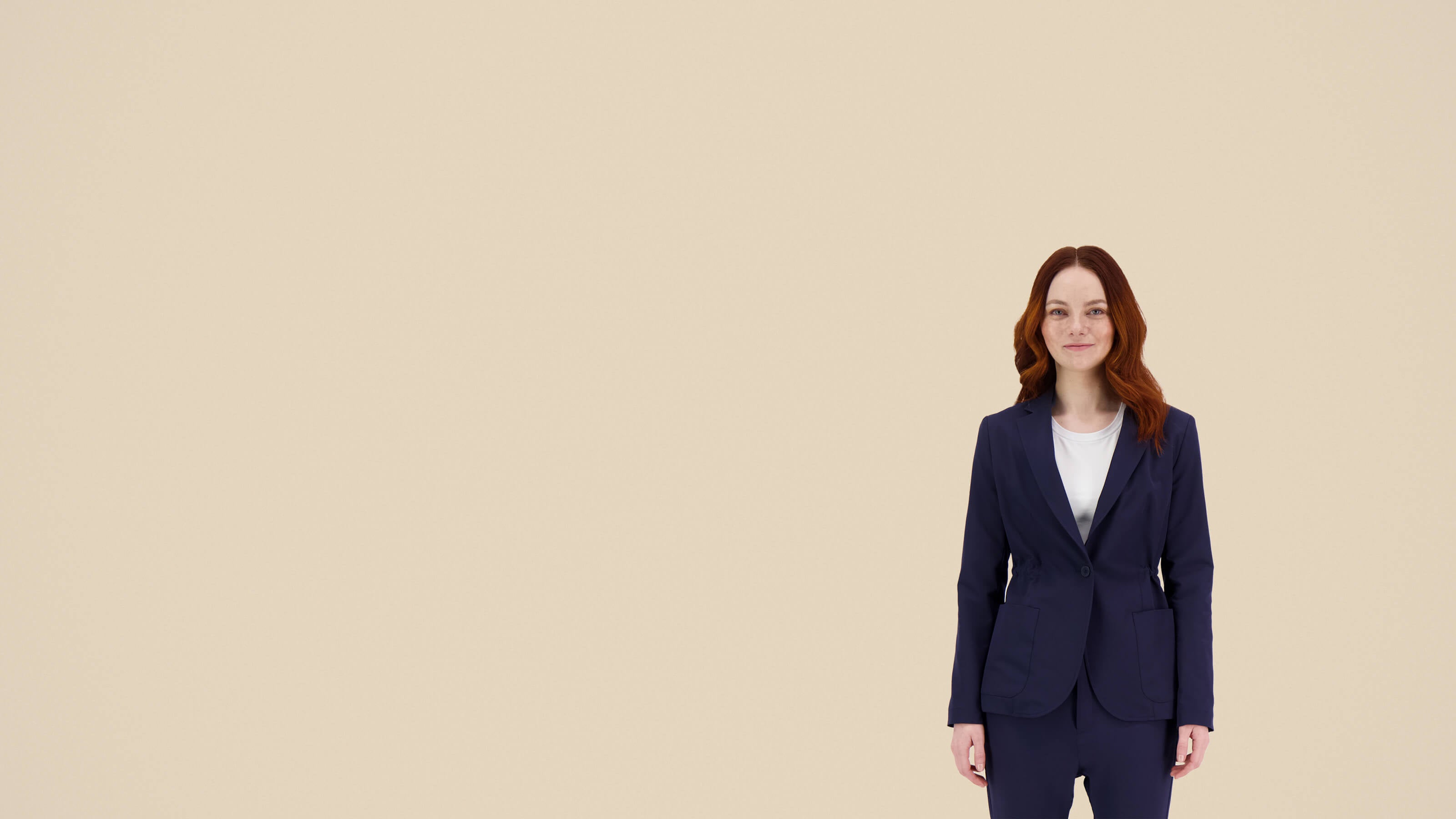
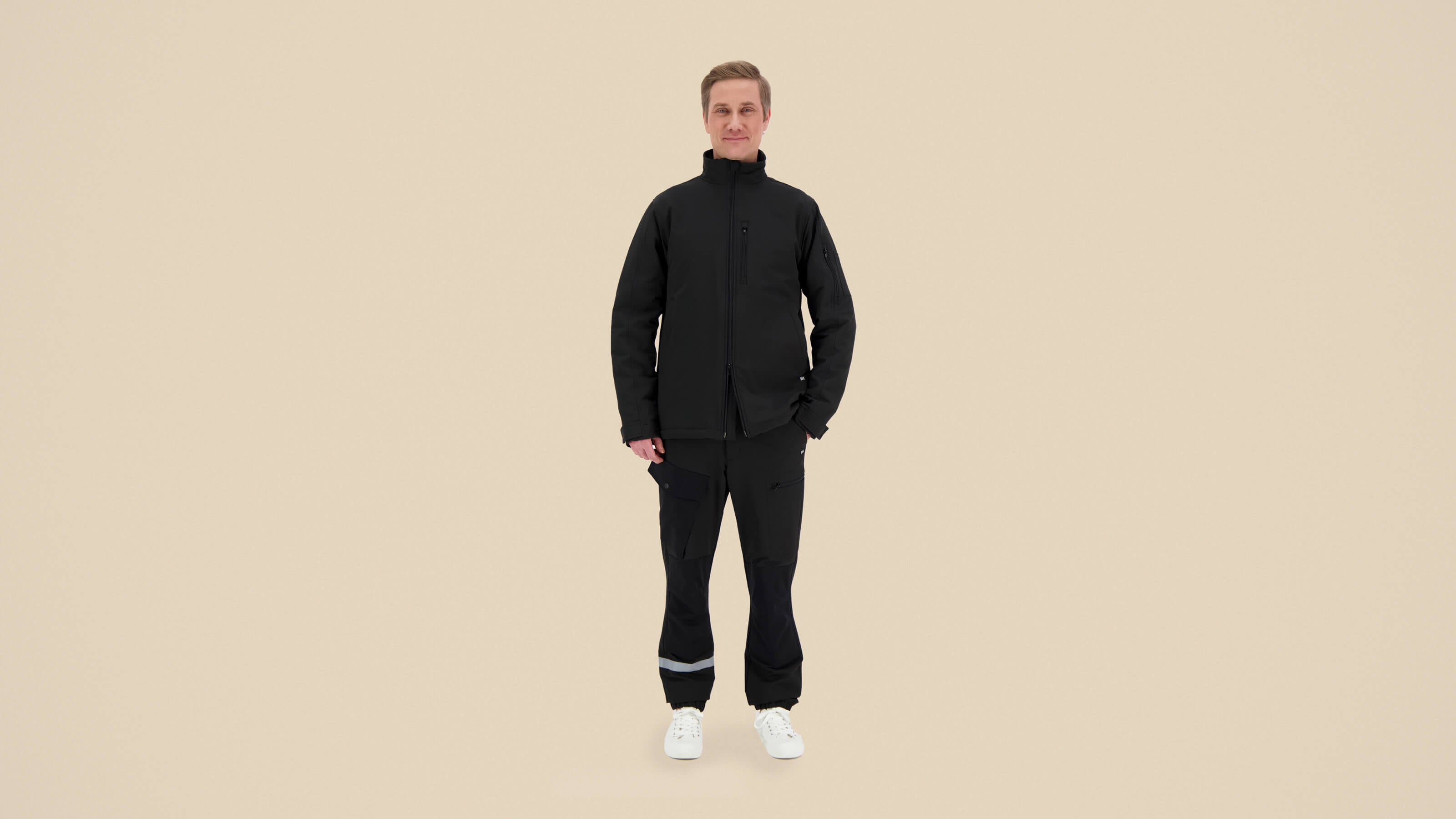
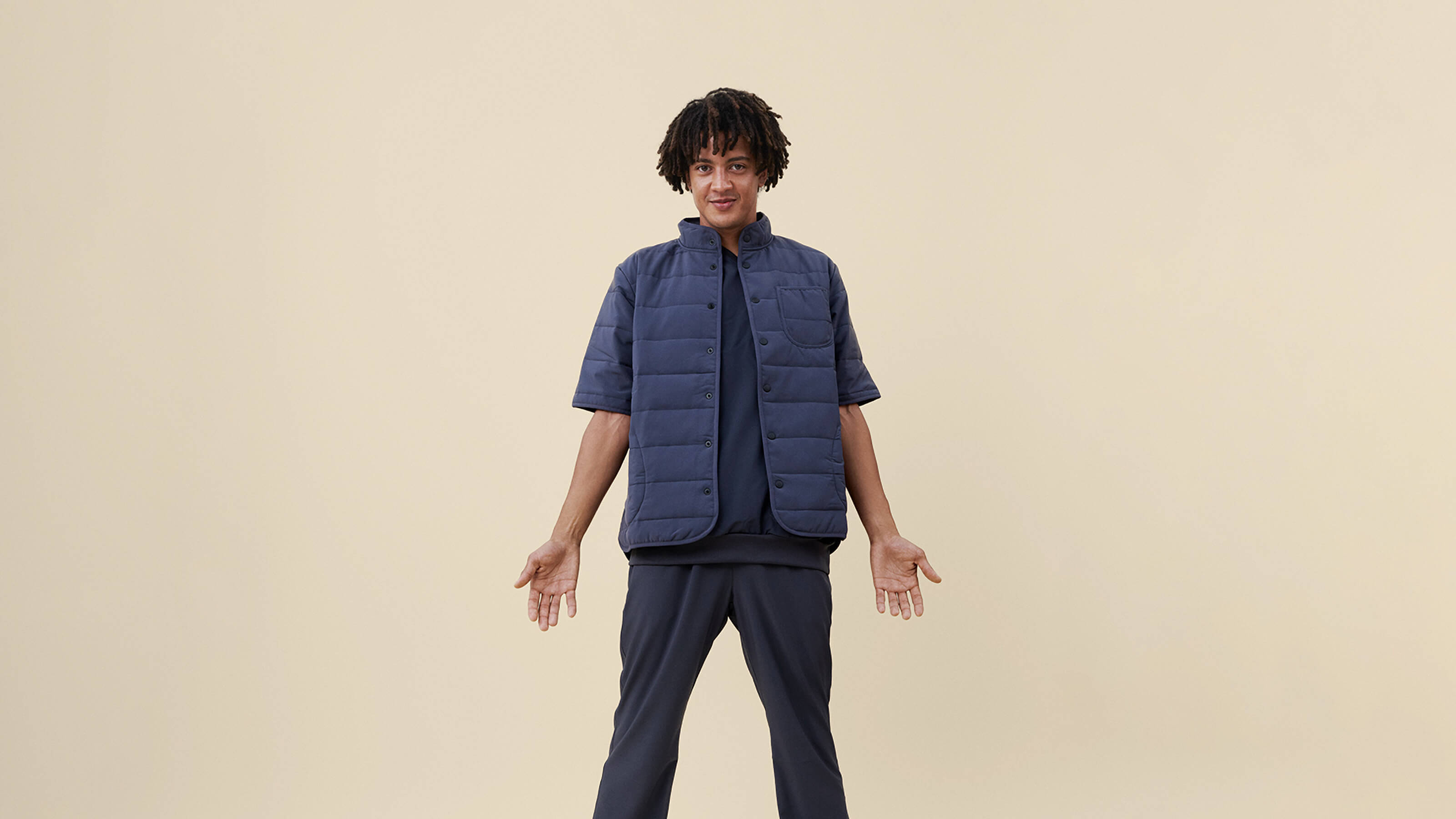
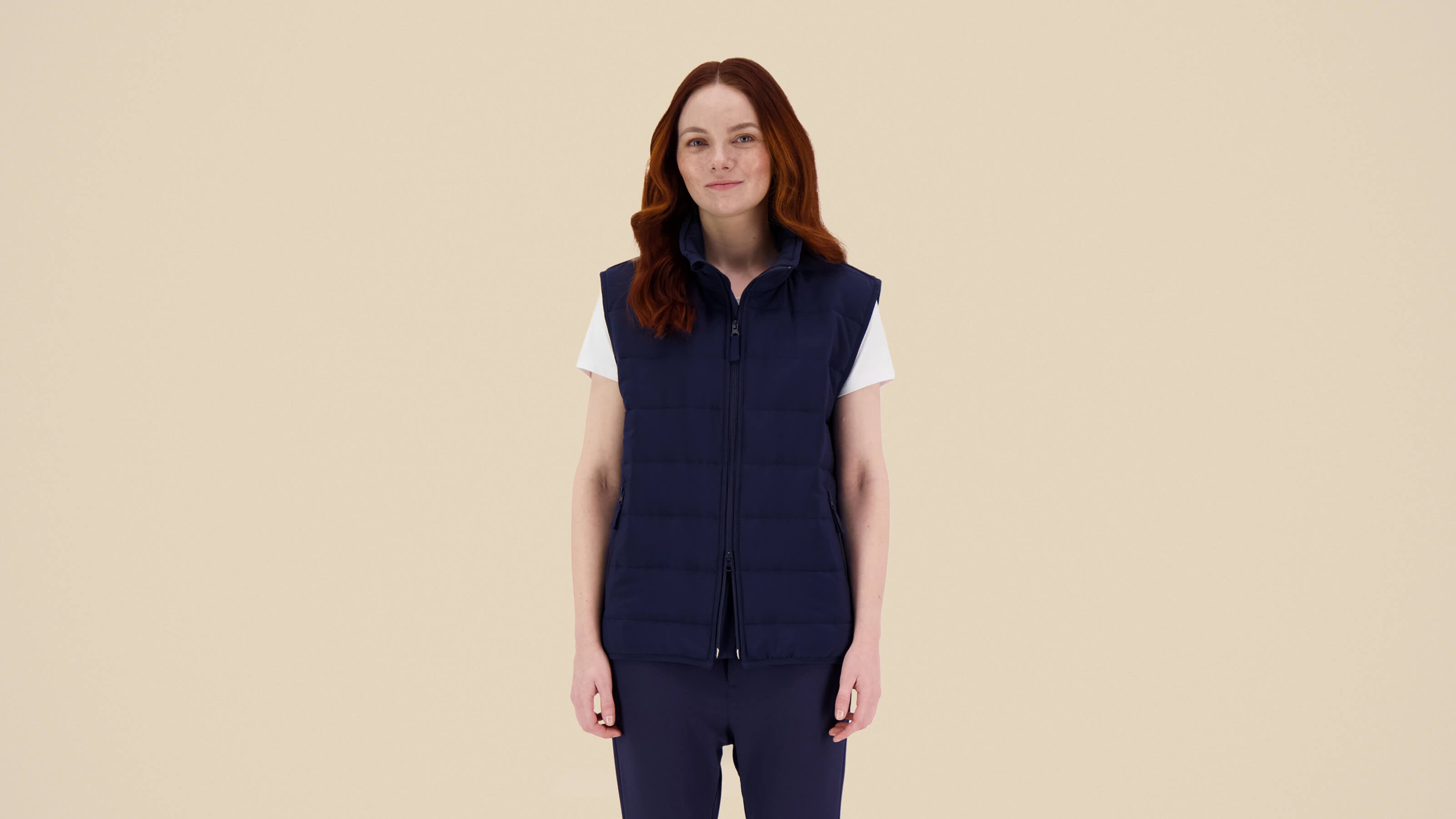

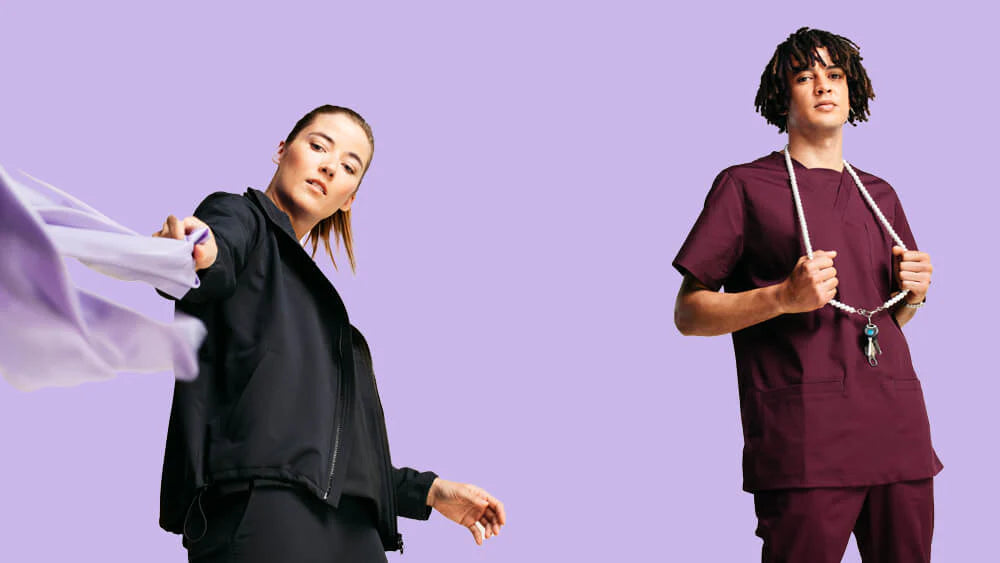

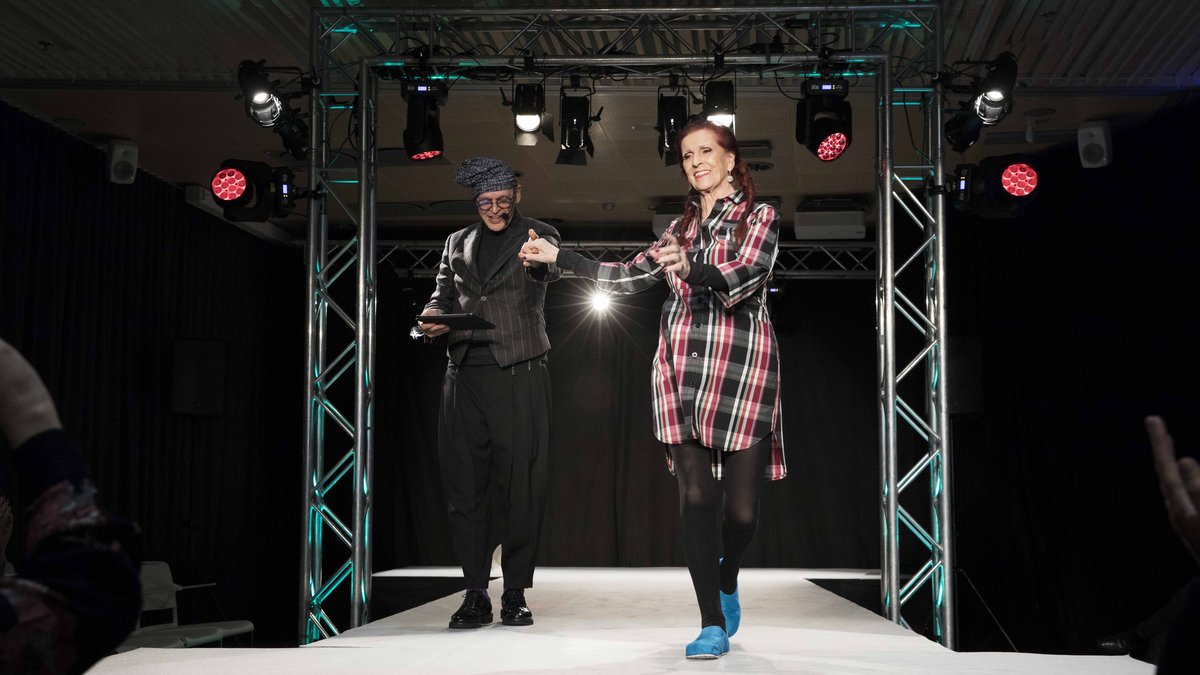
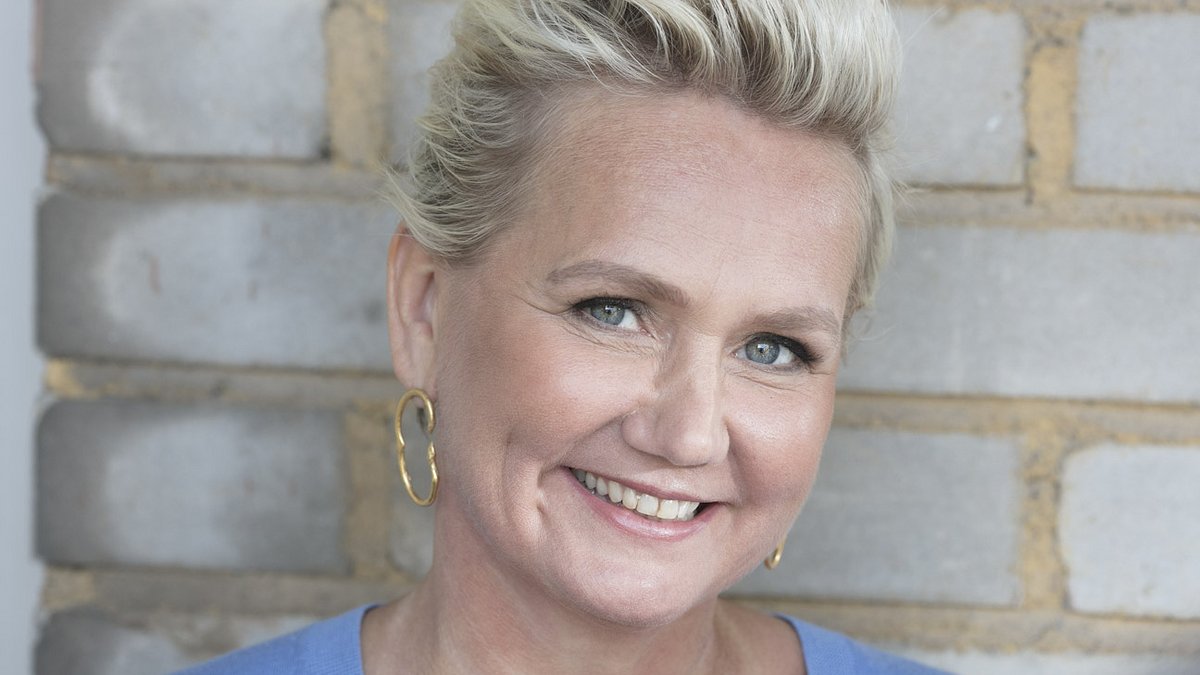
Leave a comment
This site is protected by hCaptcha and the hCaptcha Privacy Policy and Terms of Service apply.